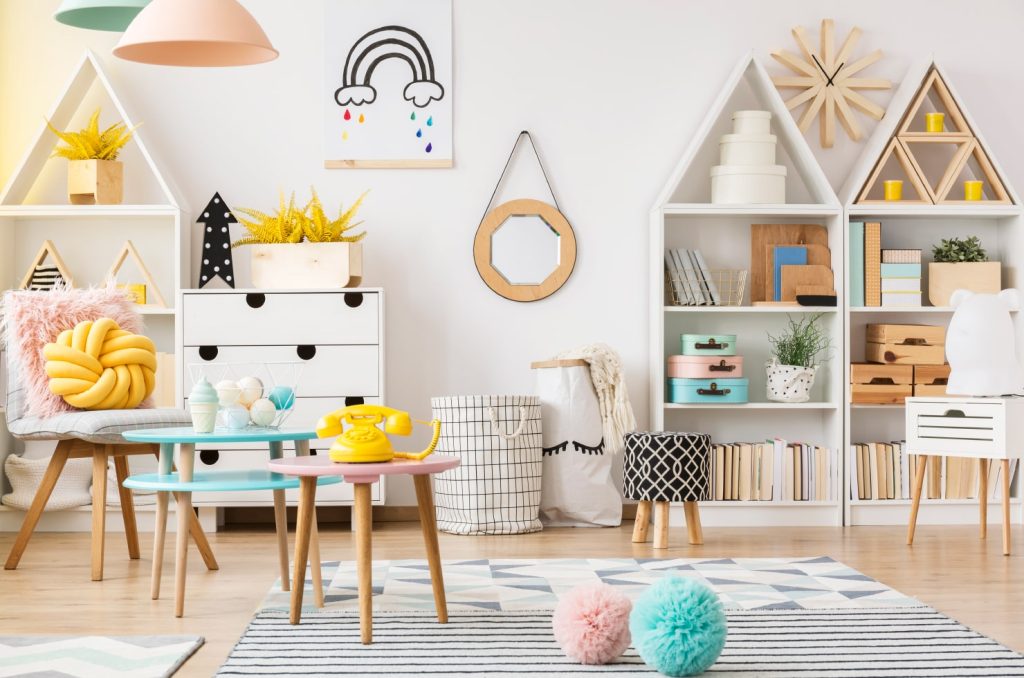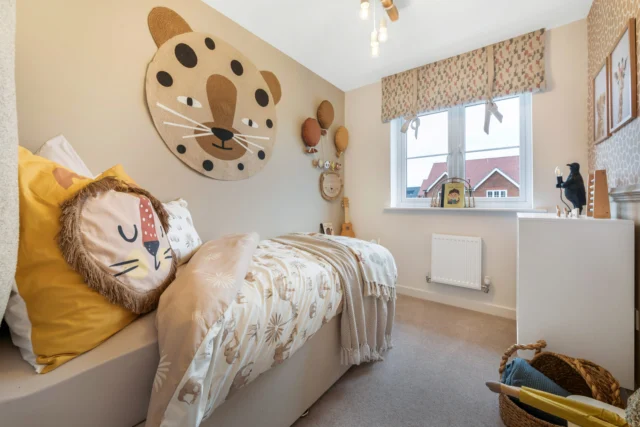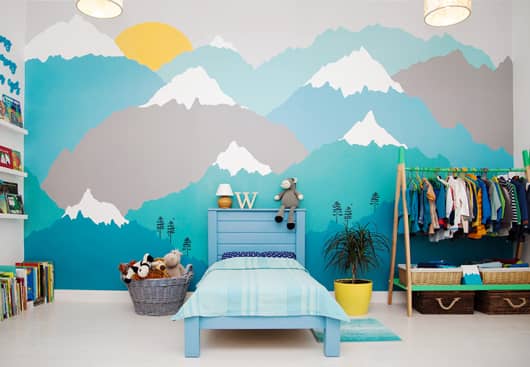When decorating a child’s room, incorporating educational elements can be a fun and unique approach. Consider features like a chalkboard wall, a world map, or a creative building space to make learning more enjoyable. You could also hire an interior designer to craft a room that fits both your child’s needs and your budget. Don’t be afraid to mix different textures and colors to create an interesting, layered look. You don’t need to stick to just one color scheme for the entire room.

For a more open and airy feel, opt for a light color palette that makes the room feel bigger. Adding rugs or choosing bare floorboards can give the room a cozy, natural vibe. Whatever you choose, be sure to prioritize practicality so the room is easy to clean and maintain.
Kids’ rooms often serve multiple purposes. You could have a separate play area with tables, chairs, and plenty of toys, but also ensure there’s enough storage in the bedroom itself. The play area might include comfy seating for video games, an art table, or even musical instruments like a drum set or piano. Just be mindful of avoiding breakable items.
Keeping the room tidy is key, not only for your child’s sense of responsibility but also as a way to set a good example. Teaching kids to maintain an organized space is an important life lesson and helps them feel more confident and in control.

Lastly, the room should reflect your child’s personality. Bright colors and fun accents are a great way to make the space feel personal. Choose furniture that can grow with your child and make sure decorating choices are flexible so you can easily update the room as their interests change.

